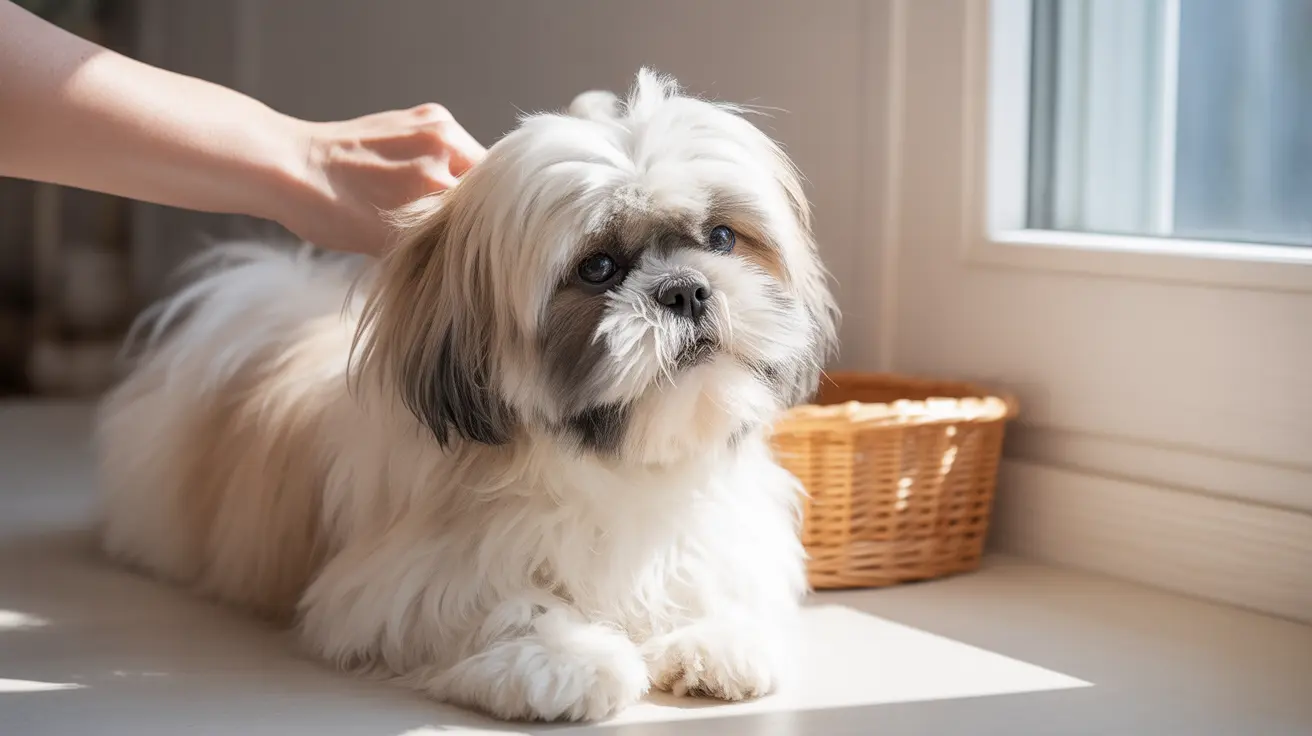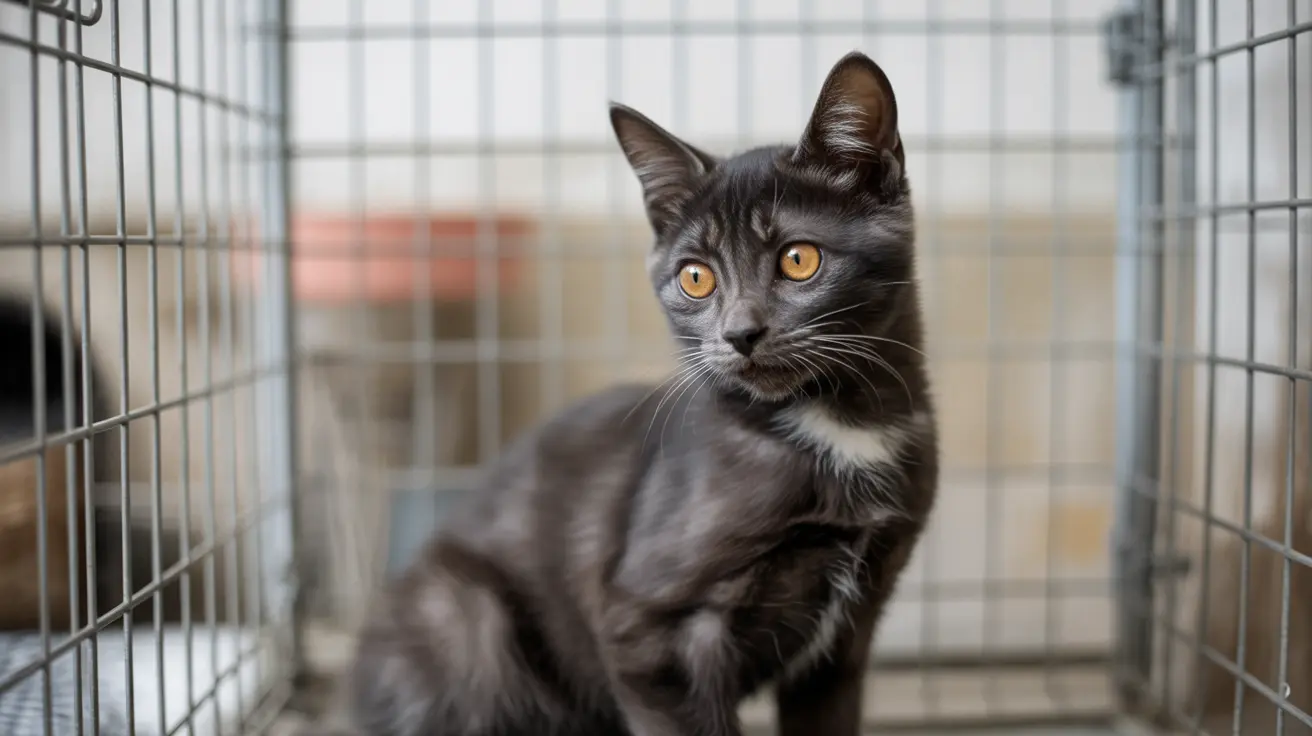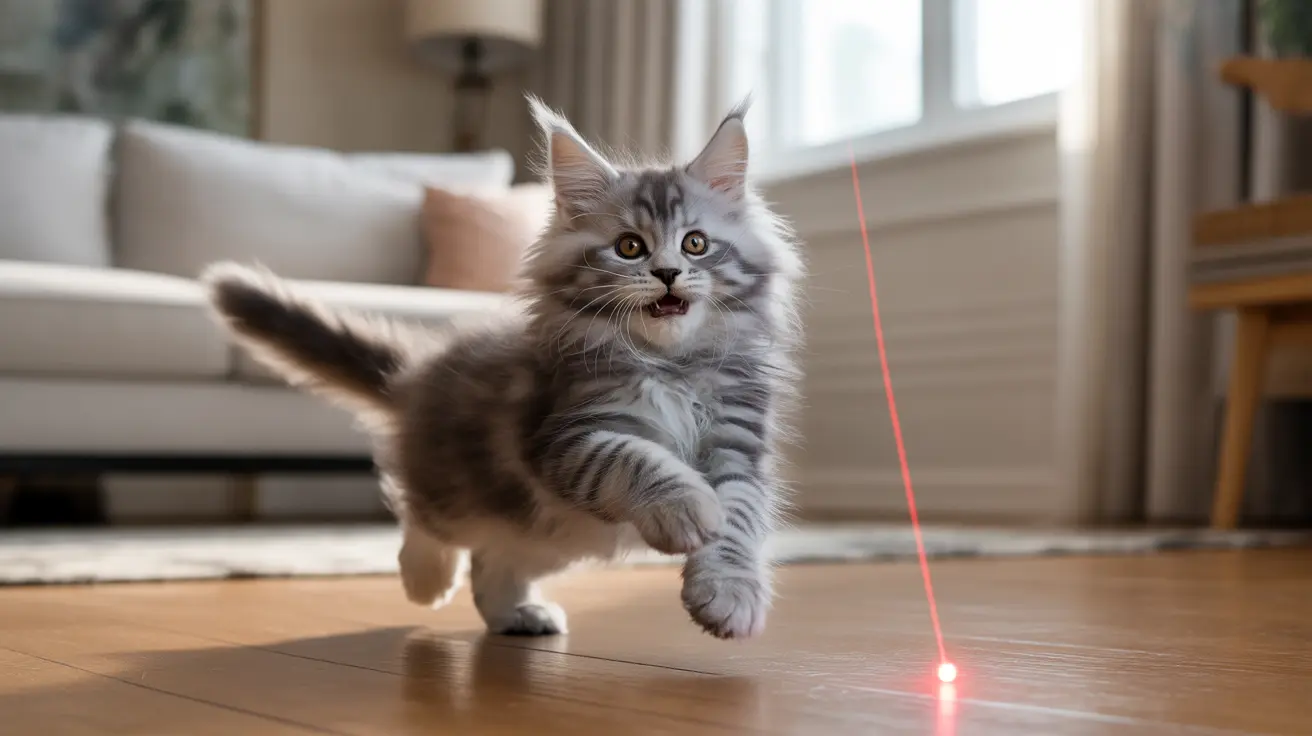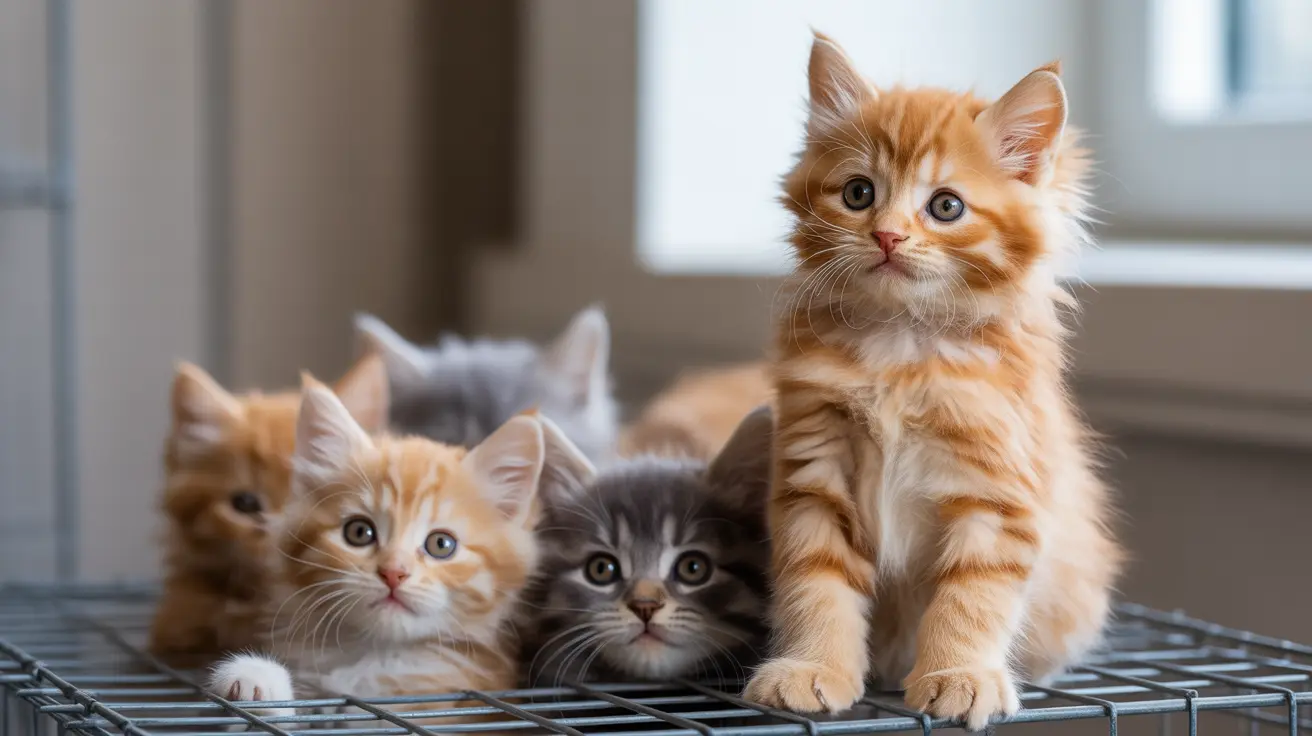When it comes to Shih Tzus, one of the most common questions pet owners ask is whether these adorable companions have hair or fur. This distinction isn't just a matter of semantics – it affects everything from grooming needs to shedding patterns and even allergic reactions in humans.
Let's dive deep into the unique characteristics of Shih Tzu coats and understand what makes them special among dog breeds.
The Hair vs. Fur Distinction in Shih Tzus
Shih Tzus have hair rather than fur, though both are made of the same protein called keratin. The key difference lies in the growth cycle and texture. Their hair grows longer and more slowly than typical dog fur, resulting in those characteristic flowing locks that make the breed so distinctive.
Unlike fur-coated breeds, Shih Tzu hair continues growing until it's cut, similar to human hair. This continuous growth cycle means less frequent shedding but requires more regular maintenance and grooming.
Understanding Shih Tzu's Double Coat Structure
Shih Tzus possess a unique double coat consisting of a long, silky outer layer and a soft, woolly undercoat. This combination provides natural insulation and gives the breed its luxurious appearance. The outer coat can grow quite long, often reaching the ground if left untrimmed.
The double coat structure serves several purposes:
- Protection from both cold and heat
- Natural moisture resistance
- Added cushioning against physical contact
- Enhanced aesthetic appeal
Shedding Patterns and Management
While Shih Tzus do shed, they're considered light shedders compared to many other breeds. Most of their shed hair gets trapped in their coat rather than falling freely around your home. The most significant shedding occurs during the transition from puppy to adult coat, typically between 8-12 months of age.
Regular grooming helps manage shedding by removing loose hair before it can mat or tangle. This is especially important given their hair's tendency to become knotted if left unattended.
Grooming Requirements and Best Practices
Maintaining a Shih Tzu's coat requires dedicated attention and regular care. Daily brushing is essential to prevent matting and maintain coat health. Professional grooming every 4-6 weeks helps keep the coat manageable and healthy.
Essential grooming tasks include:
- Daily gentle brushing with appropriate tools
- Regular bathing every 3-4 weeks
- Trimming around eyes and ears
- Professional grooming for overall coat maintenance
- Special attention to the face and topknot area
Frequently Asked Questions
Do Shih Tzus have hair or fur, and what is the difference?
Shih Tzus have hair rather than fur. The main difference is that hair has a longer growth cycle, grows continuously like human hair, and needs to be cut. Fur, on the other hand, grows to a predetermined length and sheds more frequently.
How much do Shih Tzus shed compared to other dog breeds?
Shih Tzus are light shedders compared to most other breeds. While they do shed, most loose hair gets caught in their coat rather than falling freely, making it less noticeable in your home environment.
How often should I groom and brush my Shih Tzu to maintain their coat?
Daily brushing is essential for maintaining a Shih Tzu's coat. Professional grooming is recommended every 4-6 weeks, and baths should be given every 3-4 weeks to keep their coat clean and healthy.
Why are Shih Tzus sometimes called hypoallergenic despite still shedding?
While no dog is truly hypoallergenic, Shih Tzus are often called hypoallergenic because they shed less and produce fewer airborne allergens than many other breeds. However, allergies are primarily triggered by dander and proteins in saliva and urine, not just hair.
What causes excessive shedding or hair loss in a Shih Tzu, and when should I see a vet?
Excessive shedding or hair loss can be caused by stress, poor nutrition, skin conditions, allergies, or underlying health issues. Consult a vet if you notice unusual shedding patterns, bald patches, skin irritation, or changes in coat texture.
Understanding your Shih Tzu's unique coat characteristics helps ensure proper care and maintenance. While their grooming needs may be more intensive than some other breeds, the reward is a beautiful, healthy coat that enhances their naturally charming appearance.






